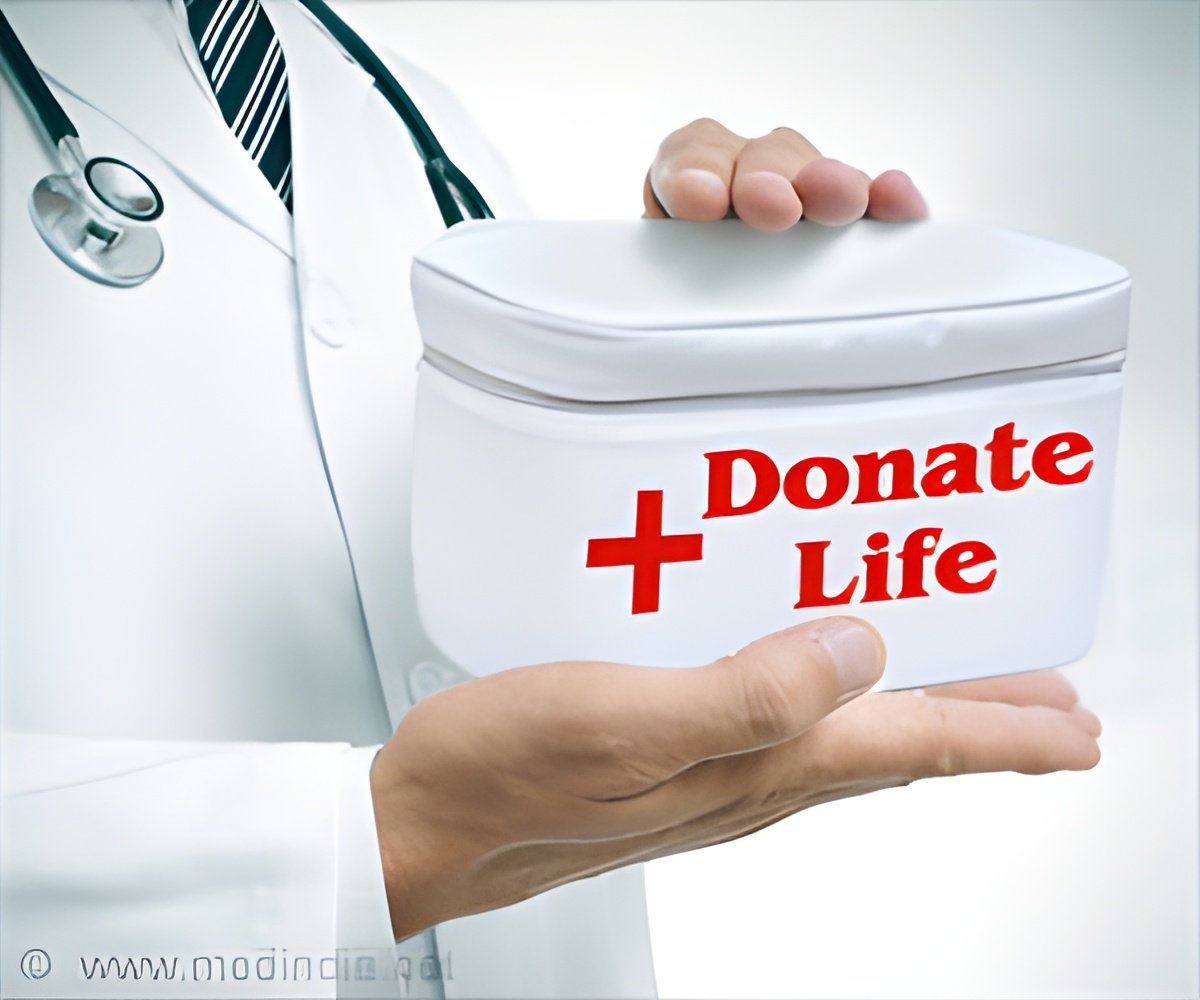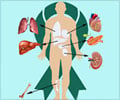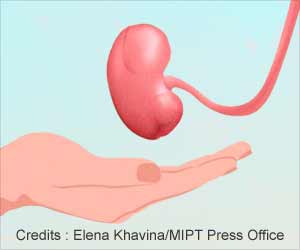States vary widely in number of organ donations recovered from drug intoxication deaths, revealed study.

‘Drug intoxication deaths have risen dramatically over the past several decades. From 1999 to 2016, the number of deaths due to drug intoxication more than tripled. ’





"In the U.S., the drug crisis is clearly not uniform, and neither is the rate of recovered hearts from drug-intoxication-related deaths," said corresponding author Mandeep Mehra, MD, the medical director of the Brigham's Heart and Vascular Center. "The fact that there's heterogeneity between regions means there's ample opportunity to learn from each other." The team analyzed data from the Organ Procurement and Transplantation Network to determine changes in the size of the transplant waitlist and data on drug-intoxication deaths from the Centers for Disease Control and Prevention WONDER online database. Bringing these datasets together allowed the team to calculate the proportion of recovered donor hearts from drug-intoxication-related deaths.
The team reported major increases in drug-intoxication-related deaths and organ recovery in the Northeast, Midwest and Southwest. Overall, the team estimated that 6.24 hearts are recovered from every 1,000 lives lost due to drug intoxication.
"Since one donor may provide a variety of organs to multiple recipients, the total number of people on waitlists who can receive a life prolonging transplant may be substantially higher," said Mehra.
While the number of people added to the waitlist for heart transplants increased each year, the number of available organs has also substantially increased. The waitlist size began to shrink in 2016 and 2017.
Advertisement
Source-Eurekalert










